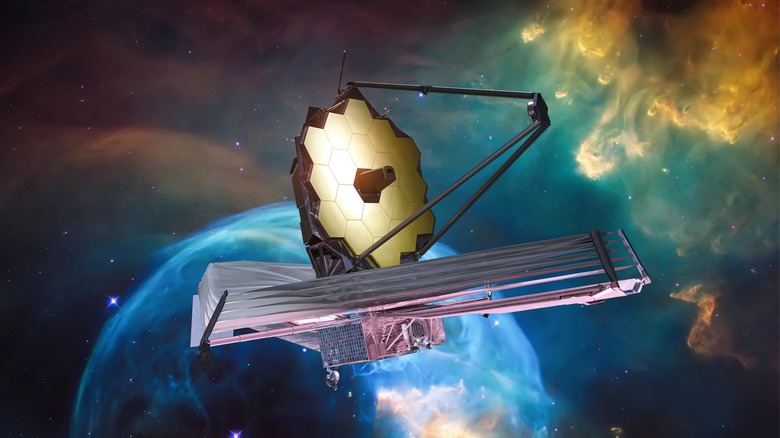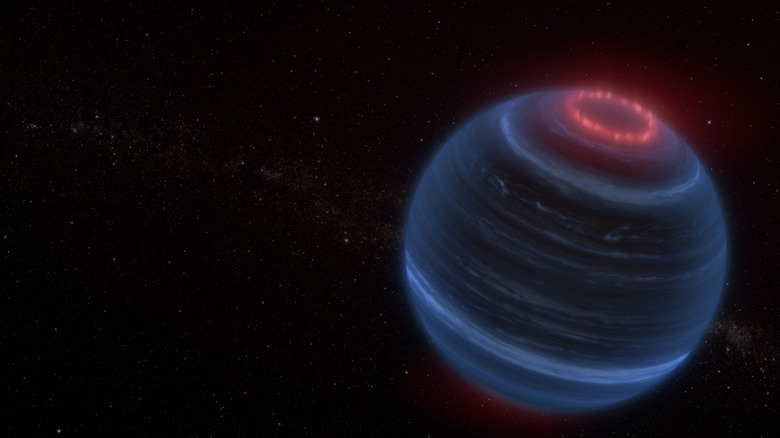What Are These Strange Red Lights NASA Spotted With The James Webb Telescope?
The James Webb telescope is an incredible piece of technology. The largest and most complex space telescope to date, it takes images that challenge our understanding of the universe, while storing them on a tiny SSD. The many images the telescope sends as it orbits the sun bring with them some misunderstanding and speculation on the part of space fans. Lately, it was the discovery of bright red lights in a distant brown dwarf that had people speculating, as they looked like city lights, or a little red crown.
According to a study presented to the American Astronomical Society, the Webb telescope has found methane emissions in one of 12 cold brown dwarfs it was observing, called W1935, when observing at infrared wavelengths. What makes this discovery unusual, however, is that the methane was glowing, like a bright red crown, rather than being absorbed.
"We expected to see methane because methane is all over these brown dwarfs. But instead of absorbing light, we saw just the opposite: The methane was glowing. My first thought was, 'What the heck? Why is methane emission coming out of this object?'" American Museum of Natural History astronomer Jackie Faherty told NASA.
A brown dwarf aurora
On Earth, we get aurorae when energetic particles from the Sun are captured by the magnetic field of the Earth. These collide with gas molecules in the atmosphere and create the northern lights at certain times of year, at certain times of day, in certain parts of the country, but never localized entirely within one's kitchen. But methane emissions are commonly found in gas giants like Jupiter and Saturn, where the heating in the upper atmosphere that powers the emissions is linked to aurorae.
The team that discovered the aurorae in brown dwarf W1935 theorizes that the emission may be facilitated by an internal process in the brown dwarf similar to the atmospheric phenomena of Jupiter, or perhaps interactions between the dwarf with nearby moons or interstellar plasma. What makes the discovery puzzling is that brown dwarfs do not have a star, so there is no obvious source of heat to the upper atmosphere that can cause aurorae.
"With W1935, we now have a spectacular extension of a solar system phenomenon without any stellar irradiation to help in the explanation," Faherty added. "With Webb, we can really 'open the hood' on the chemistry and unpack how similar or different the auroral process may be beyond our solar system."

